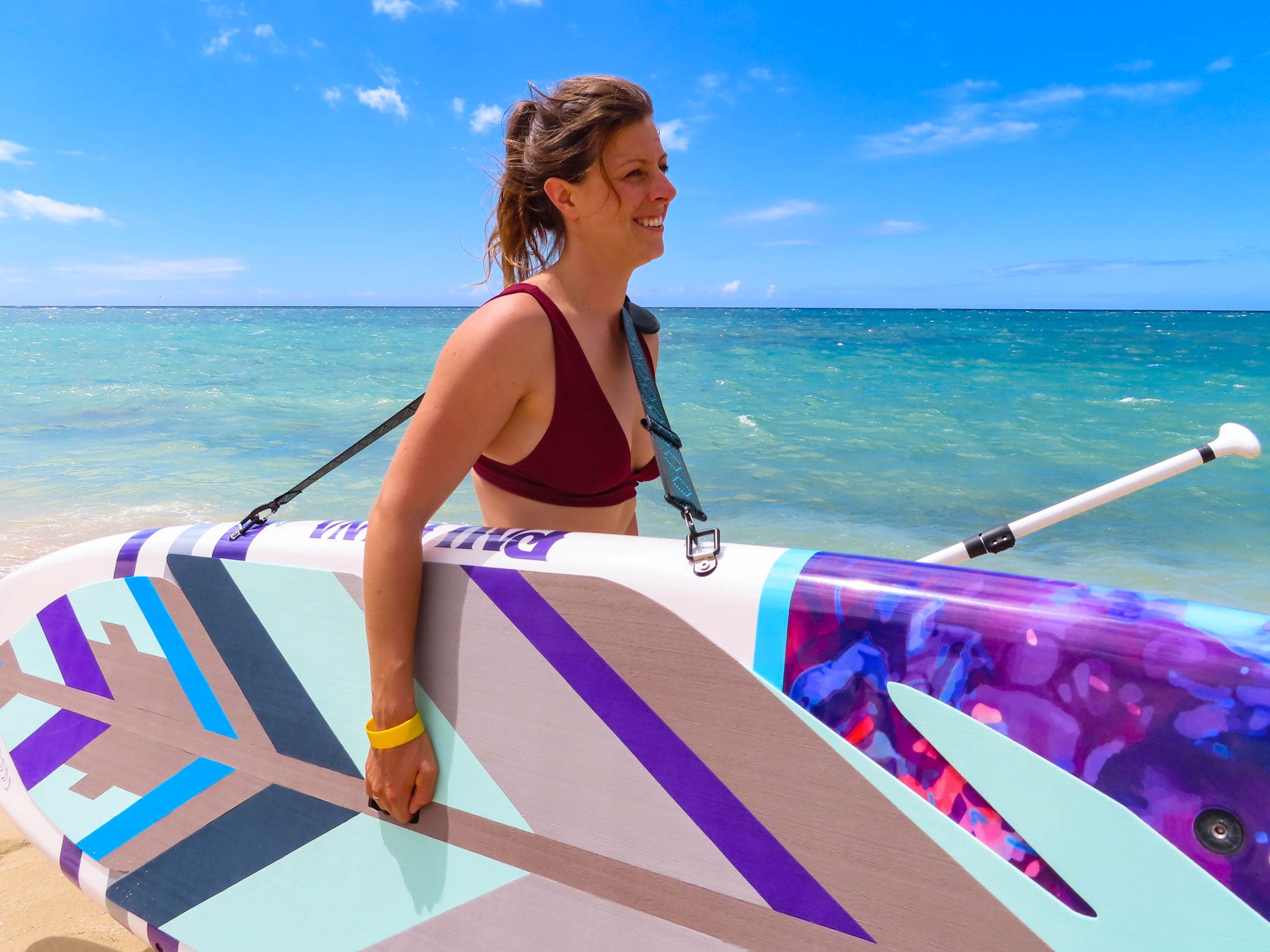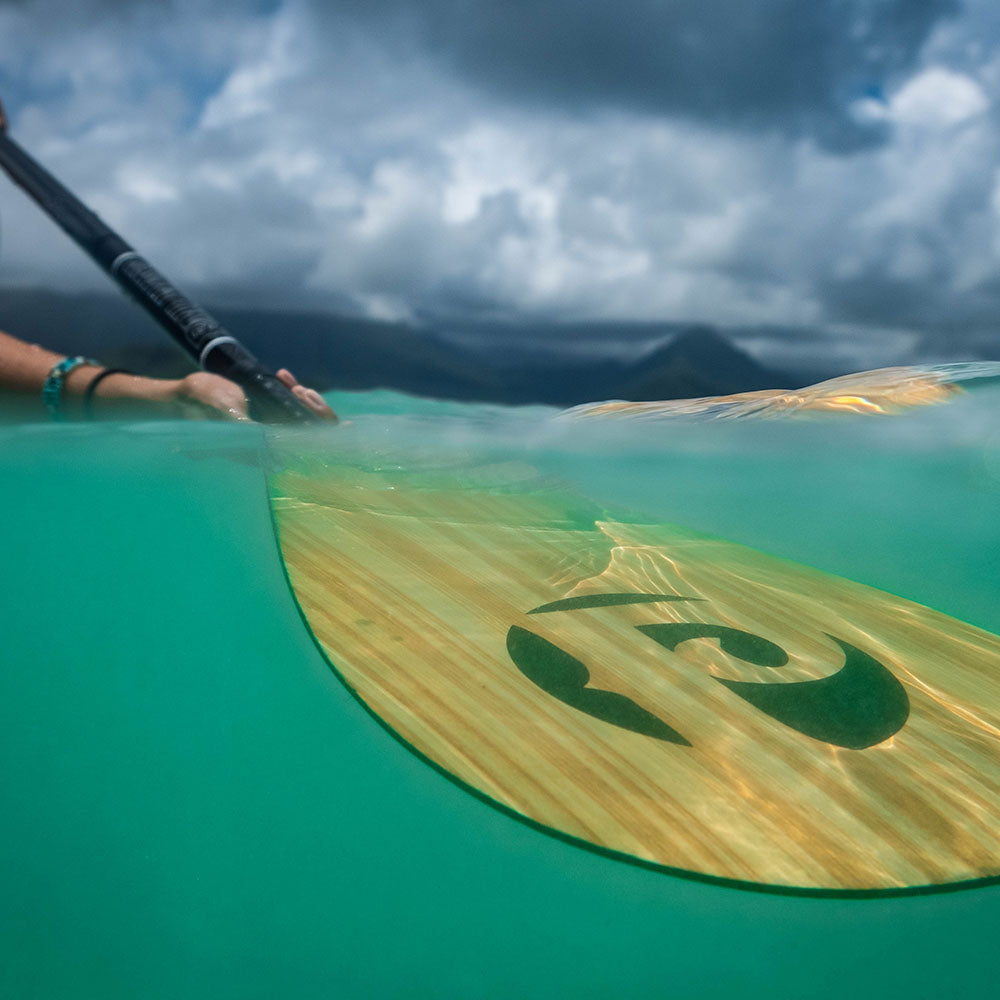LEARN THE BASICS & PADDLE LIKE A PRO
How to stand up paddleboard (SUP)
The ultimate step-by-step guidance on everything from balancing to paddling techniques, so you can enjoy the water with confidence.

LEARN THE BASICS & PADDLE LIKE A PRO
The ultimate step-by-step guidance on everything from balancing to paddling techniques, so you can enjoy the water with confidence.
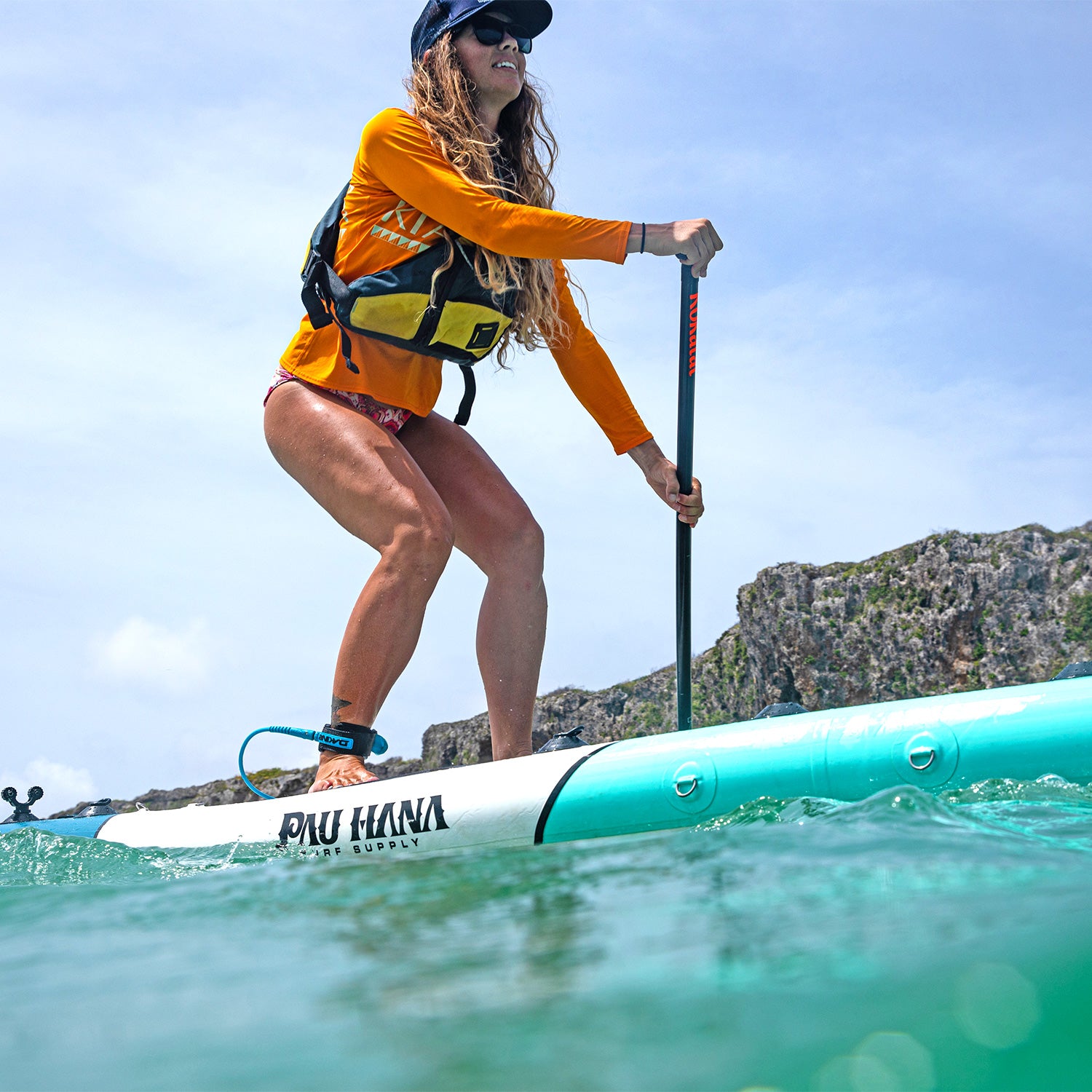
Have you ever heard of stand-up paddleboarding (SUP)?
It's a super fun activity that provides a unique opportunity to connect with nature, whether it be a serene lake, a meandering river, or the expansive ocean. The world is catching on to this activity's popularity, and it's easy to see why - SUP is an excellent full-body workout that engages muscles you might not have known existed while offering an enjoyable, social way to stay active.
SELECTING YOUR FIRST SUP
These boards are all great options for those looking to buy their first paddleboard, they are stable, durable, and designed for beginners with the capacity for progression. They are also made with high-quality materials that will stand the test of time.
11'0'' | Big EZ Hawaiian Paddle Board$1,299.00
The Pau Hana Big EZ Hawaiian is a classic and popular choice for beginners, with a user-friendly design and stable platform. One of the first paddleboards designed for beginners, its durable construction makes it a versatile option for families and paddlers who want to take their furry friends along for the ride.
The Pau Hana Malibu Classic is a great option for beginners because of its stability and durability. It has a wide, stable platform that makes it easy to balance and paddle. The Malibu Classic is made with a foam core and ABS shell, which makes it durable and long-lasting.
10'10 | Solo SUP™ To Go$599.00
The Pau Hana Solo SUP Backcountry is an inflatable paddleboard that's perfect for medium to small paddlers who are short on space. Its inflated size of 10'10" x 30" x 6" makes it easy and stable to paddle, while its deflated size makes it incredibly convenient to transport and store. When rolled up, it's approximately the size of a rolled sleeping bag, making it easy to take with you on the go.
Before You buy
It's a good idea to rent or borrow a paddleboard before making a purchase, this will allow you to try a variety of boards and find one that is comfortable and works for you. By choosing the right paddle board and equipment, you'll have a more enjoyable experience on your journey of learning to paddleboard.
COMFORT, PERFORMANCE, VERSITILITY
Choosing the Right SUP Paddle
A SUP paddle is the next piece of equipment on the list. You’ll want to choose a paddle that is the right length, has a comfortable grip and is lightweight. Here are the things to consider when buying a paddle:
Type: There are adjustable paddles and fixed paddles, adjustable paddles allow you to adjust the length of the paddle shaft, while fixed paddles cannot be adjusted in length. The adjustable type of paddle is a great option for those starting out that haven't quite perfected their length-to-paddle-comfort ratio yet, they also make a great option for families and couples who will be sharing equipment. Fixed-length SUP paddles tend to be lighter as they do not have the adjustment part, and are usually made from more expensive materials and require cutting the paddle down to the correct size before setting it permanently.
Length: Getting the length of your SUP paddle right is important as a correctly sized paddle will be more comfortable and efficient to paddle with, helping to maximize your time on the water.
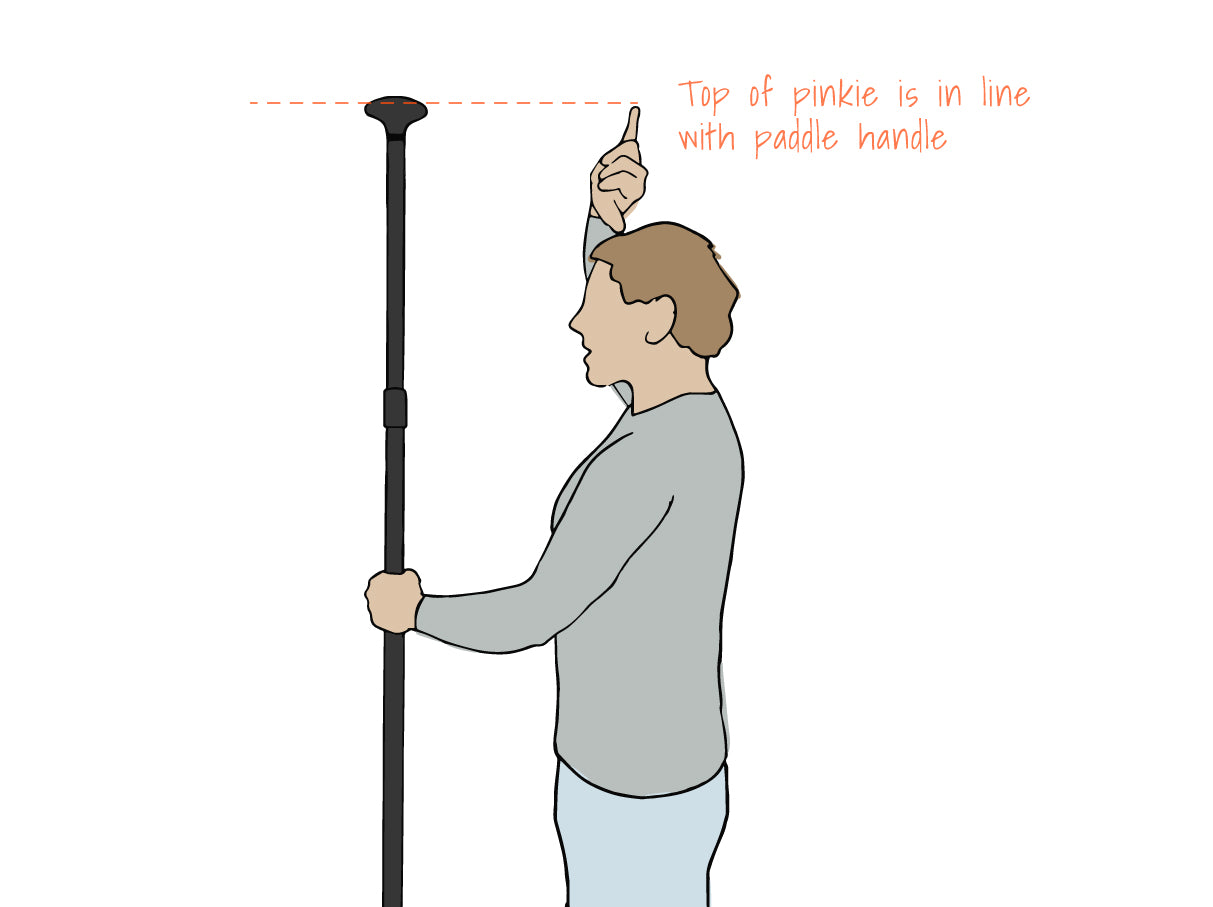
To determine your ideal paddle length, throw a shaka over your head and where your little finger ends is where the paddle handle should come to.
DRESSING FOR THE CONDITIONS
If it's hot and sunny it's important to wear clothing that will protect you from the sun and material that performs well in the water, a rash guard and swim shorts are a perfect combo. If you choose just to wear a swimsuit, be sure to team it with a high factor sunscreen that is waterproof and re-apply it often. A sun cap and sunglasses attached to a retainer will help protect you from the glare off the water too.
If the temperatures are more mild you can opt for a wetsuit, drysuit or thicker layers with neoprene booties. Try to avoid materials like cotton that have minimal insulating properties.
MASTER THE BASICS: IMPROVE YOUR STROKE
Now that you have acquired the right equipment, let's look at the basics of paddle boarding technique. We do recommend you seek the guidance of a seasoned instructor during your initial attempts at paddle boarding, as they have a wealth of knowledge and expertise that can prove invaluable in correcting and refining your technique. Head to our SUP Schools & Instructors page to find an instructor near you:
Standing on the board
Always launch your paddleboard in calm, flat waters. Carry your paddleboard into knee deep water using the central carry handle, be sure that the fin is clear of any underwater obstacles or rocks. Once in the water, carefully place your paddle horizontally on the board, between the middle and the nose, climb onto the board assuming a kneeling position with both hands placed over the top of the shaft in a shoulder width position.
Beginners may choose to paddle the board in a kneeling position initially, while they gain stability and confidence. If you feel ready to try standing on the board, paddle in the kneeling position a few strokes away from the shore into deeper water before attempting to stand. This way in the event that you fall off the board, you’ll have deep water to land in. Slowly begin to stand up by placing the paddle back to the horizontal position across the board and placing both hands, shoulder width apart over the shaft. From here, lift your chest and bring one foot forwards, shoulder width apart around the center of the board. Stabilize yourself and then bring the other foot to match. Take hold of your paddle and begin to rise, engaging your core and straightening your back. Continue until you are standing but keep a slight bend in the knees, this is important so you can absorb small waves and movements without falling off.
Pro Tip: It helps to look ahead rather than at your feet when standing up!
Balance
Maintaining balance while paddling is key to staying on the board, here are some pointers to help you stay on top of the water.
Forward paddling technique
The forward paddle stroke is the basic stroke that will move your board forwards through the water.
Pro Tip: Keeping the stroke close to the rail of the board will help prevent the board from turning and keep you tracking straight.
It's good to practice paddling on both sides, as when you start to paddle for longer distances you’ll want to change sides periodically to reduce fatigue or match the conditions.
The Sweep Stroke
The sweep stroke is a technique used to change the direction of the paddleboard when paddling. You can perform forwards and backwards sweep strokes in order to control the direction of your SUP.
To perform the backwards sweep stroke, apply the same technique but in reverse. The backwards sweep stroke it performed on the same side that you want the direction of turn to be in. i.e if you want the board to turn to the left you can make a backwards sweep stroke to bring the nose of the board to the left.
The Draw Stroke
Draw strokes move the board sideways through the water, this stroke is particularly helpful when trying to saddle up parallel to something such as a dock or another paddleboard.
To execute the draw stroke, rotate your shoulders and chest to the side of the paddleboard you will be performing the stroke on. Extend your arms out and bury the paddle blade in the water so the blade face is parallel to the rail of the board. Pull the paddle towards you in order to move the board in the direction of the paddle. Lift the blade from the water and return to the starting position.
WHAT TO AVOID FOR A SMOOTHER RIDE
One of the most common mistakes beginners make is looking down at their feet or the nose of the board when trying to paddle. Although this seems pretty harmless, the effect of looking down at the board can have a massive impact on your ability to balance. Pick a point on the horizon or an object in the distance to focus on instead.
Make sure you are holding the paddle the correct way around with the face of the blade pointing towards you. This will make the stroke more efficient, comfortable and it will be easier to paddle. Make sure that your hands are shoulder width apart on the shaft and T-grip and keep your elbows soft.
Standing too far back on the board causes the front of the SUP to rise out the water and standing too far forwards causes the nose to sink in the water. Both have a negative effect on the handling of the board and will make it a lot harder to steer and control. On most modern paddleboards there is usually a center carry handle, use this as a reference to place your feet either side so you keep a central balance.
Paddleboarding is a full body workout and the core is what keeps the legs, hips and arms all connected. By engaging your core you will have more power through your strokes and you will be able to paddle for longer periods of time.
To paddle efficiently and safely it's important to adjust your technique while paddling against the wind or current, paddle harder, and maintain control. Conversely, if you're paddling with the wind or current, it's key to adjust your course to maintain your direction.
VARIOUS STYLES OF SUP
As your career in paddle boarding progresses, you may want to try different variations of paddleboarding. Below are some of the most popular styles of paddleboarding.
Flatwater paddle boarding
This is the most common type of paddle boarding and likely what you’ll first try when getting into the sport. It is ideal for beginners as it offers a safe environment to hone in skills and progress to a point where you feel comfortable to try a more specialized type of paddle boarding. Flatwater involves paddling on calm waters such as lakes, bays, rivers or ponds. It's a great way to explore your surroundings and watch wildlife from a different perspective.
SUP Surfing
Surfing on a SUP generally requires a paddleboard that is designed to catch waves, these tend to be made from a solid construction, have more bow rocker and upwards of 2 fins on the rear of the board. SUP surfing requires a lot of skill, knowledge of the ocean and a good understanding of surf etiquette. Once mastered though, SUP surfing can be a uniquely fulfilling adrenaline sport.
SUP Touring
Touring is a great way to explore untouched areas that are only accessible by water. Touring boards are designed with more volume to accommodate extra gear that you’ll need when paddling long distances and camping along the way. They also have displacement hulls that are designed to cut through the water super efficiently and it helps the board to track in a straight line. Touring requires a good fitness level and strong stamina.
SUP Yoga
SUP yoga is yoga performed on a paddleboard floating on the water, such as a lake or the ocean. It takes the physical and mental benefits of yoga and combines it with the excitement of being on the water. The paddleboard provides an unstable surface, which makes the yoga poses more challenging and engaging, and requires a greater level of focus and balance. SUP yoga is a great way to enhance your yoga practice by feeling more connected with nature and removed from the daily grind. There are SUP yoga specific paddleboards on the market but it can also be performed on wider, all-around paddle boards.
Whitewater Paddle Boarding
Possibly the most challenging form of SUP is whitewater paddle boarding. It involves navigating down fast moving rivers with technical river features such as rocks, waves and stoppers. It requires a high level of skill, experience and fitness. The paddleboards used for whitewater are typically shorter than regular paddleboards, easier to maneuver, with bigger rocker and constructed from PVC or Ricochet. It is advised to get coaching before heading out onto whitewater for the first time.
SUP Fishing
Fishing from a paddleboard can be advantageous as it allows you to navigate shallow waters and approach fish without spooking them. SUP fishing requires a SUP that is designed to fish from, these boards will have a large volume for accommodating fishing equipment, are generally more stable and have attachment points so you can modify the board to hold fishing rods and reels. Many also have staking holes so your not blown around while casting out. It’s a great wat to access fishing spots that can’t be found from the shore or boat.
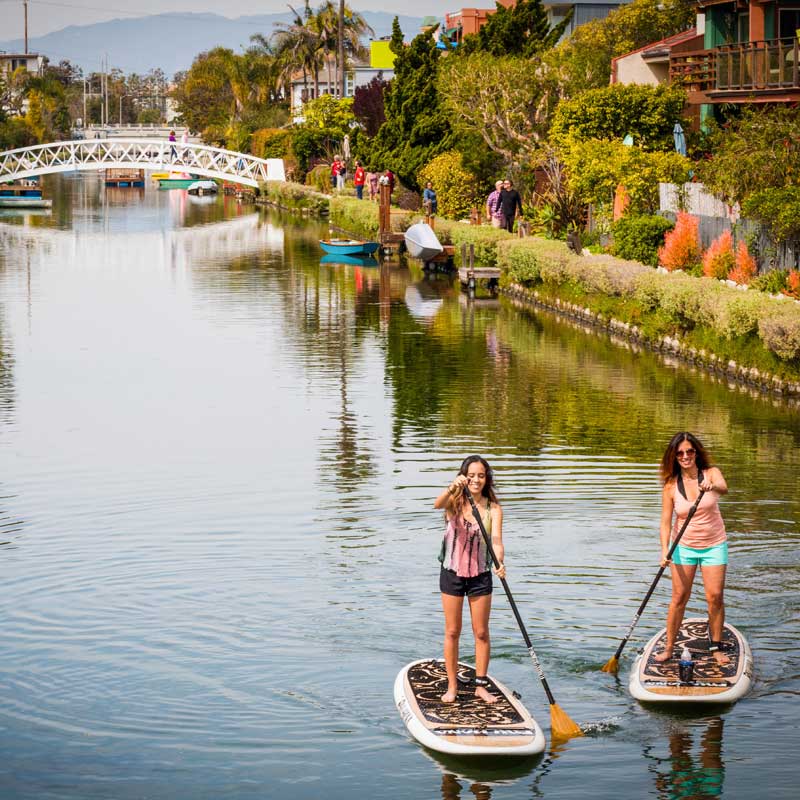
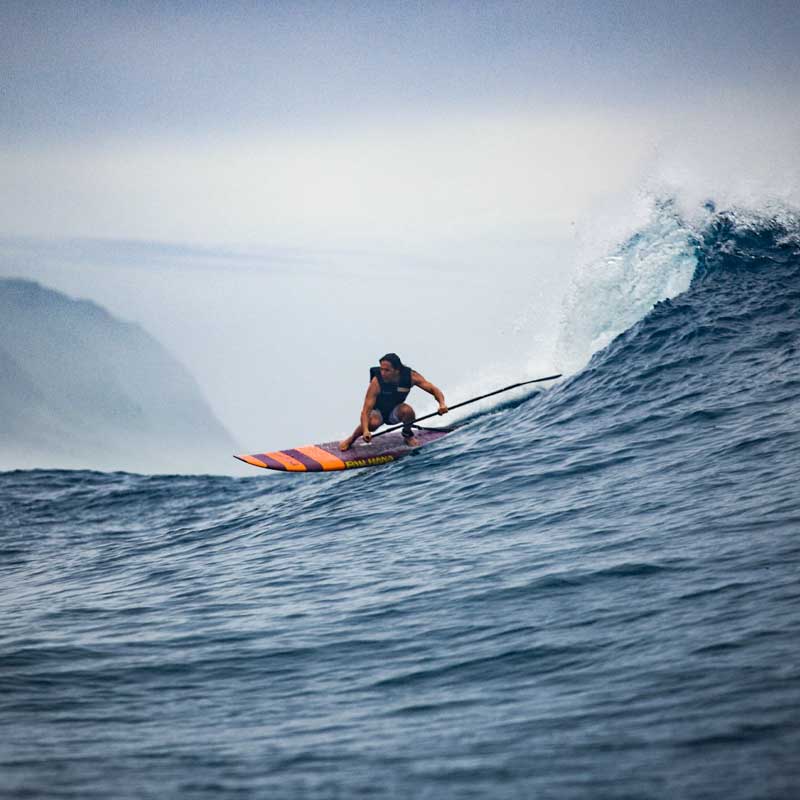
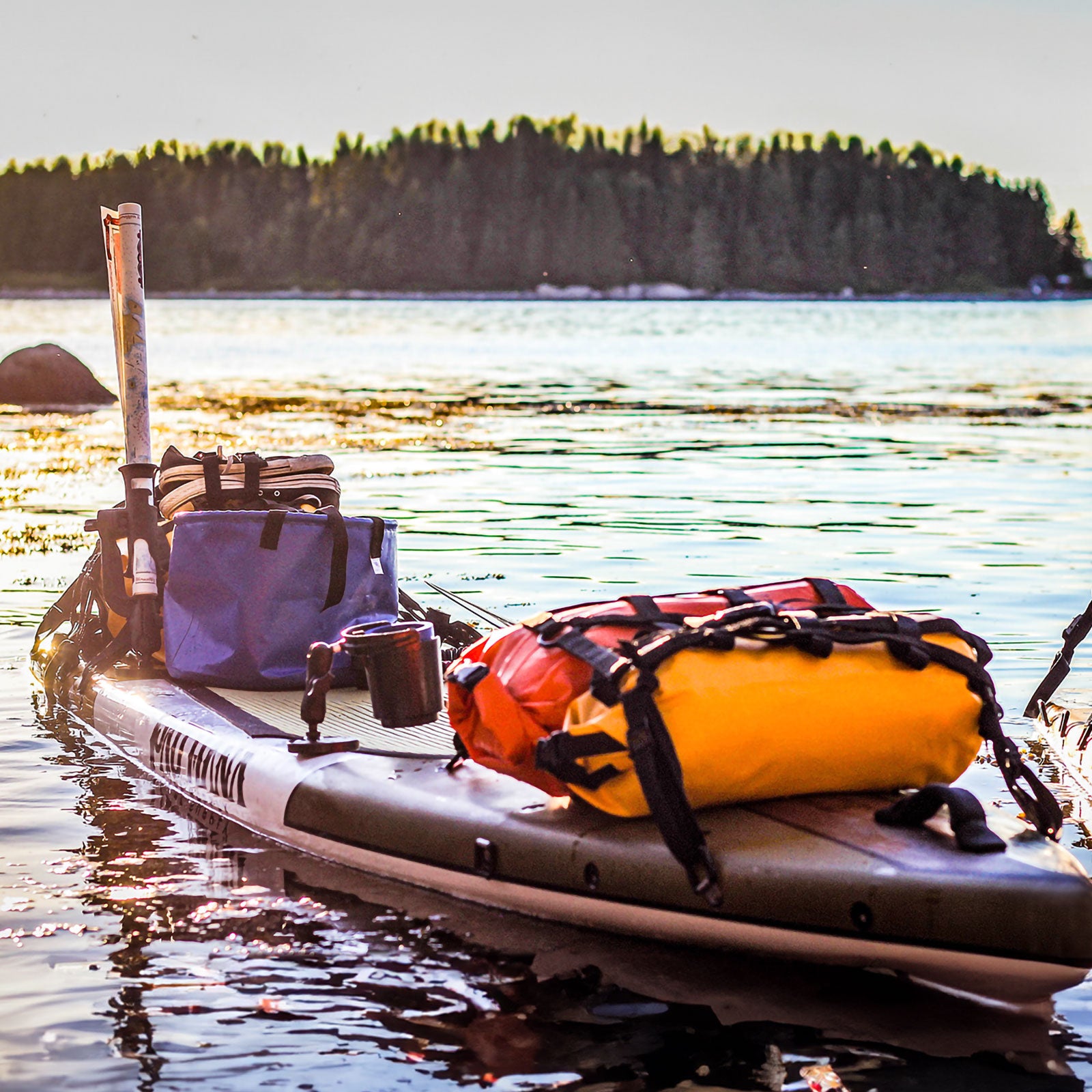
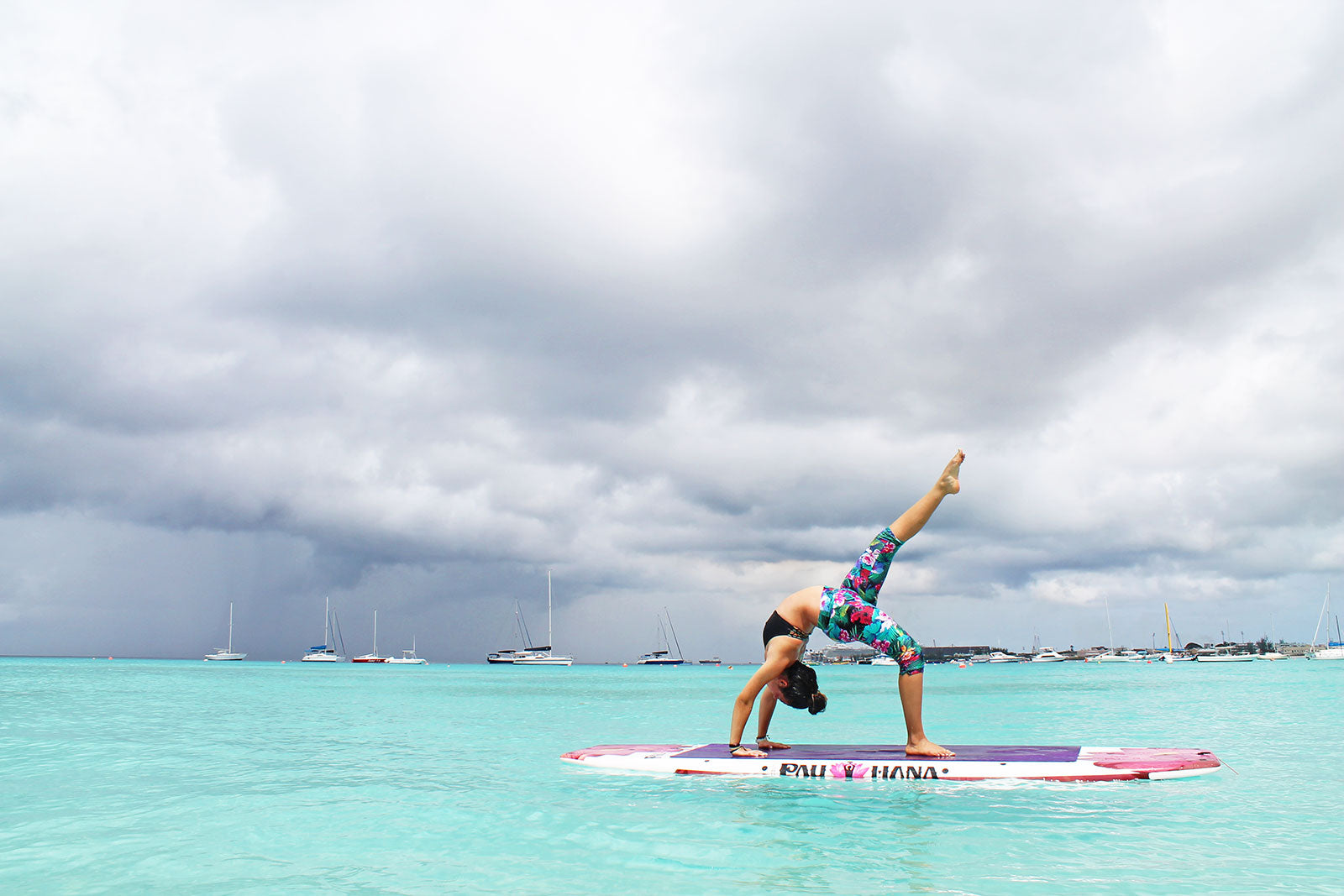
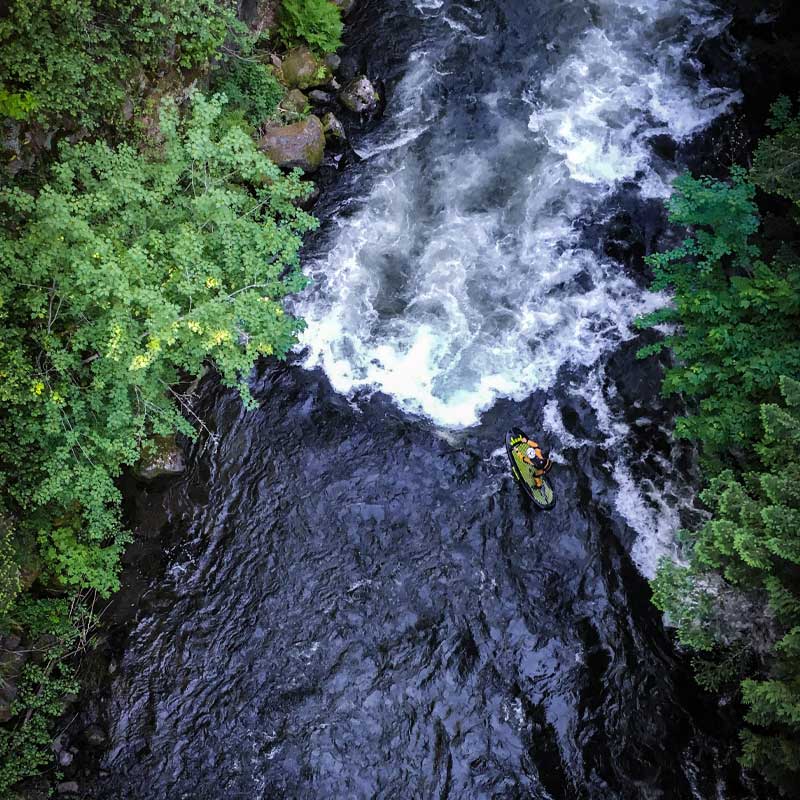
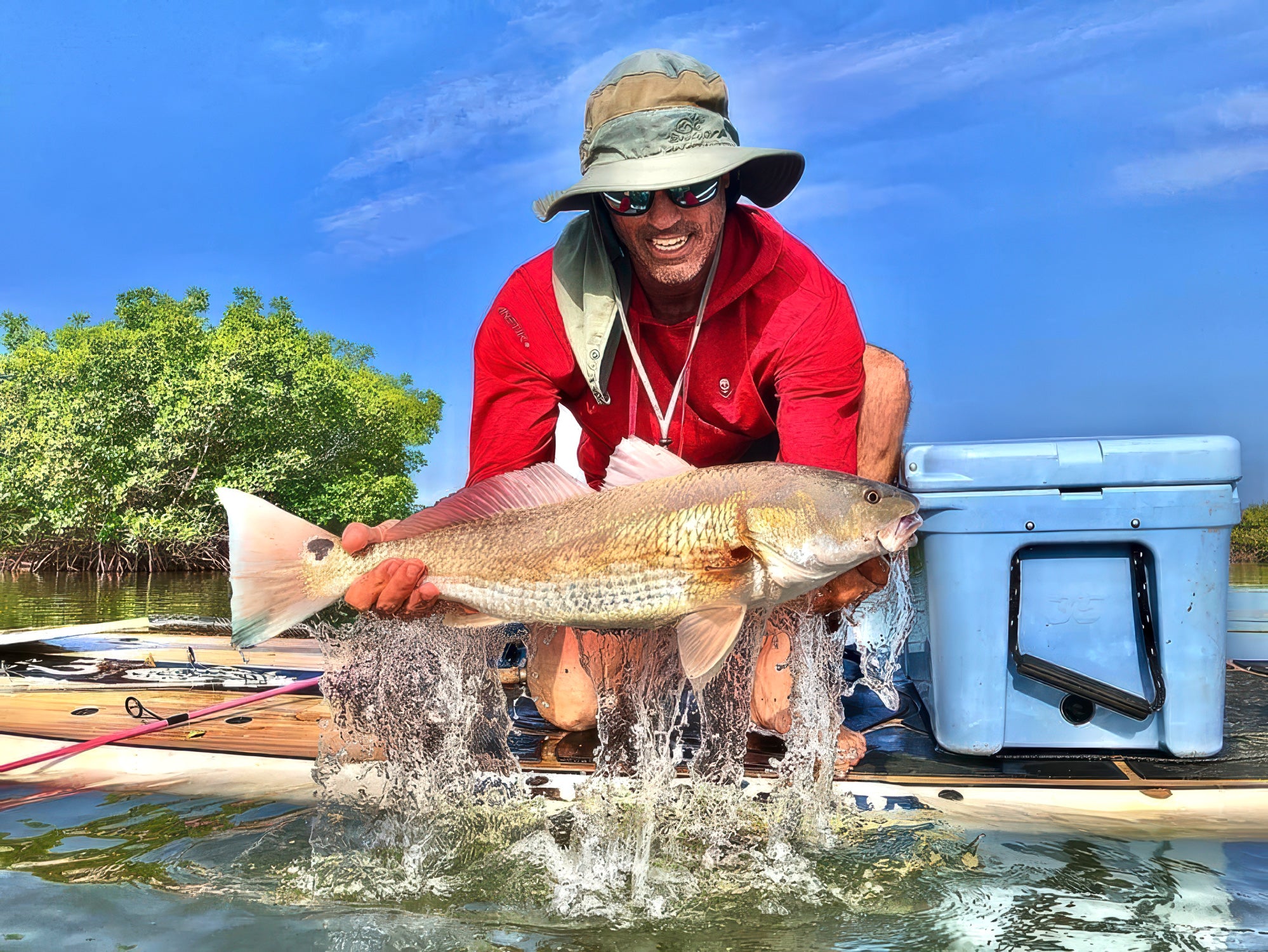
Carrying you SUP
Learn the best techniques to carry your SUP with ease, whether it's on land or to the water.
HOW TO ADJUST A PADDLE
Adjust your paddle to the perfect size for comfort and efficiency on the water.
Step-by-step guide to properly installing your leash for added safety and control.
